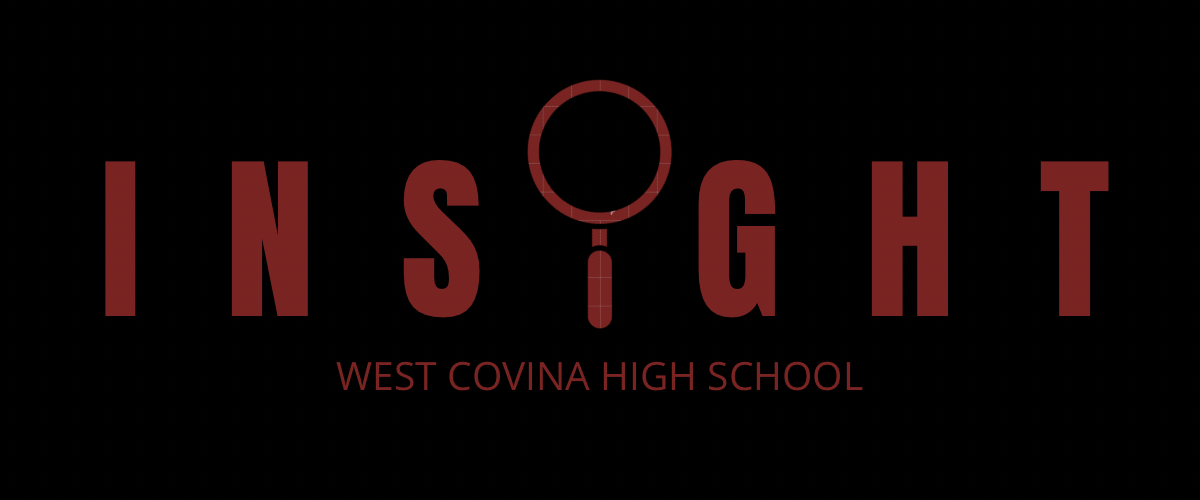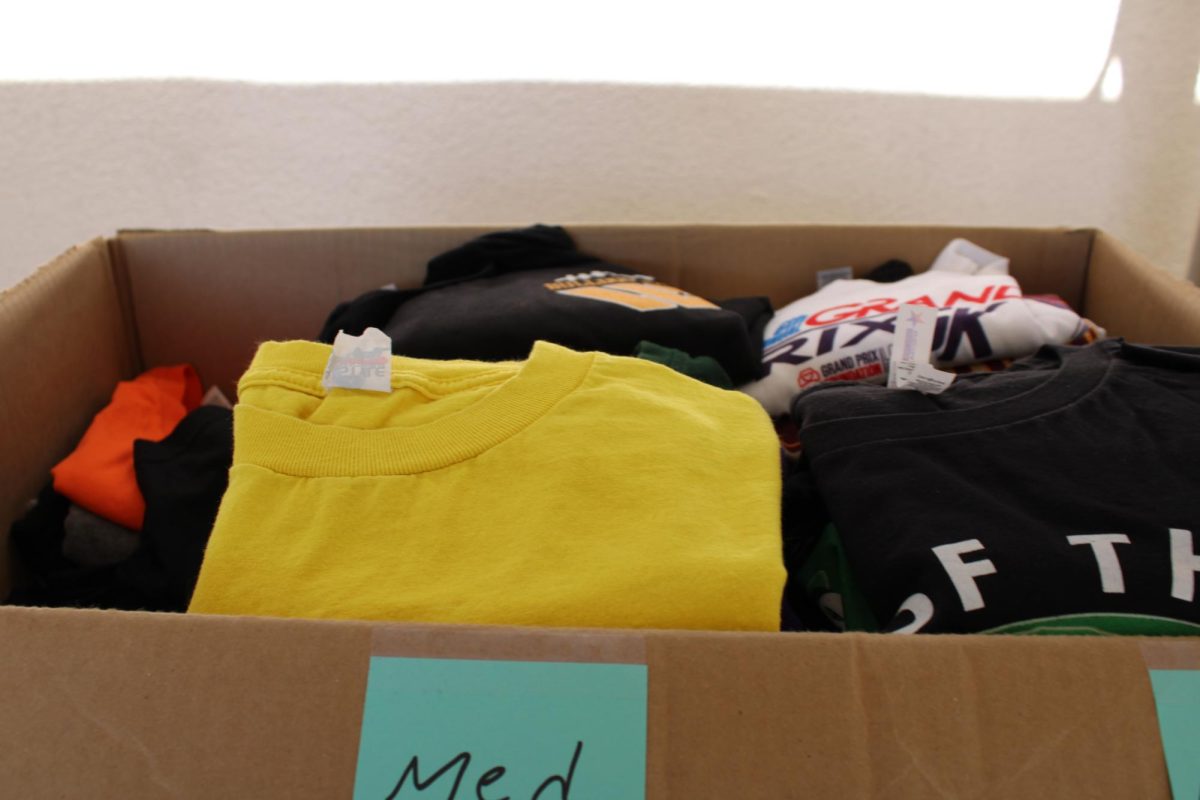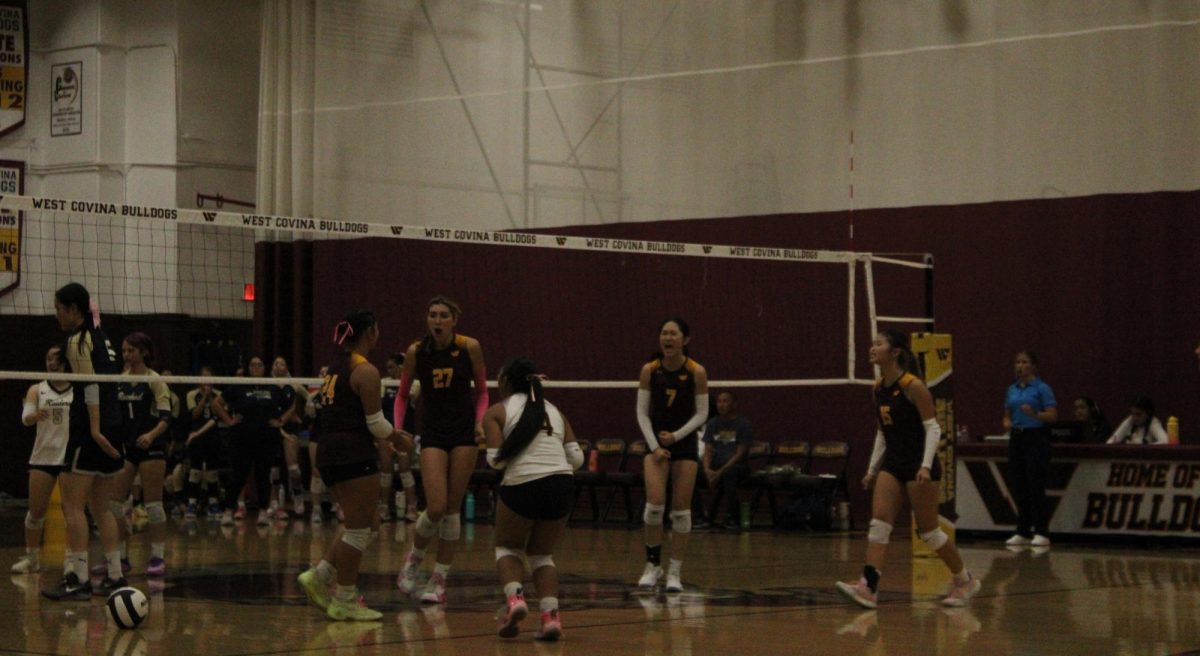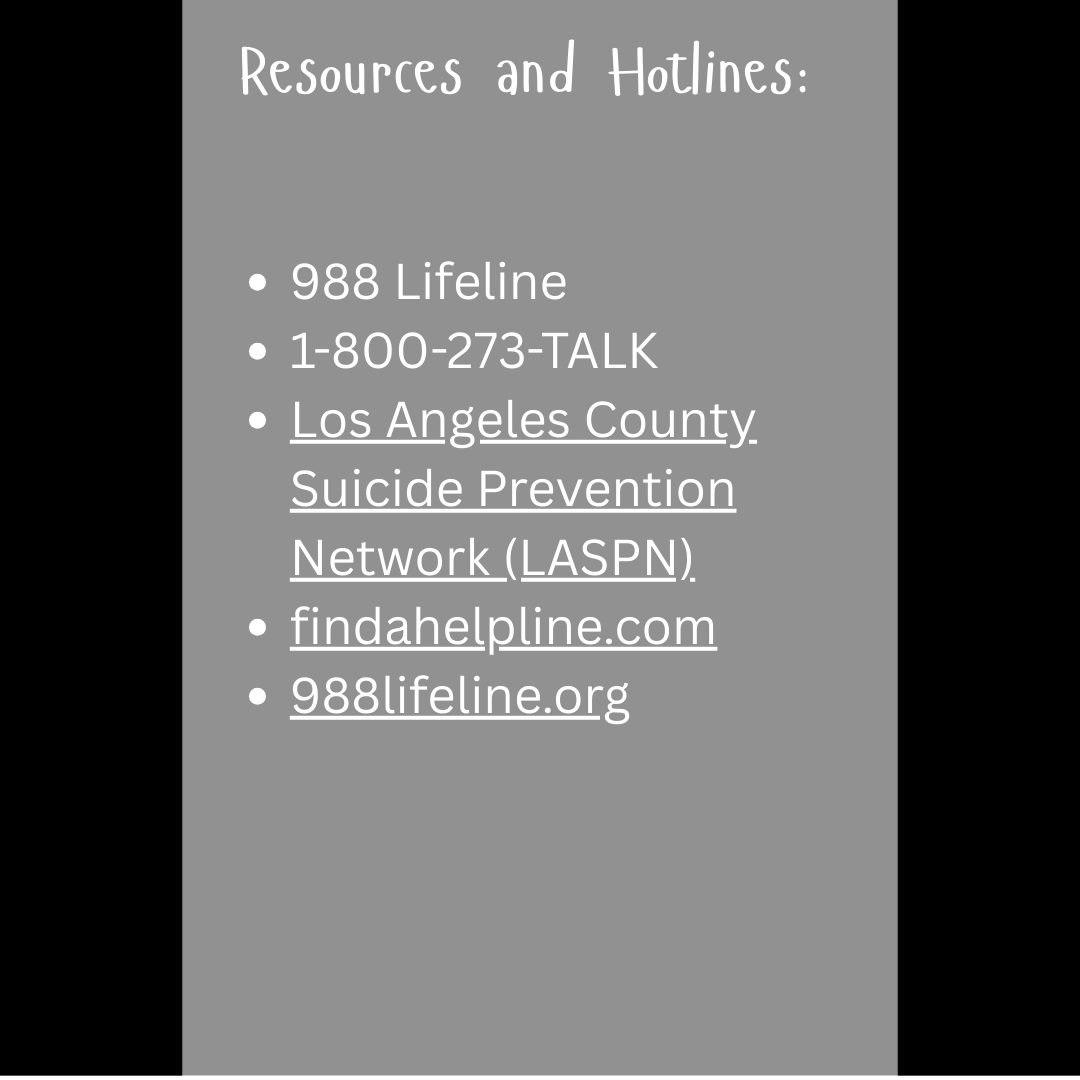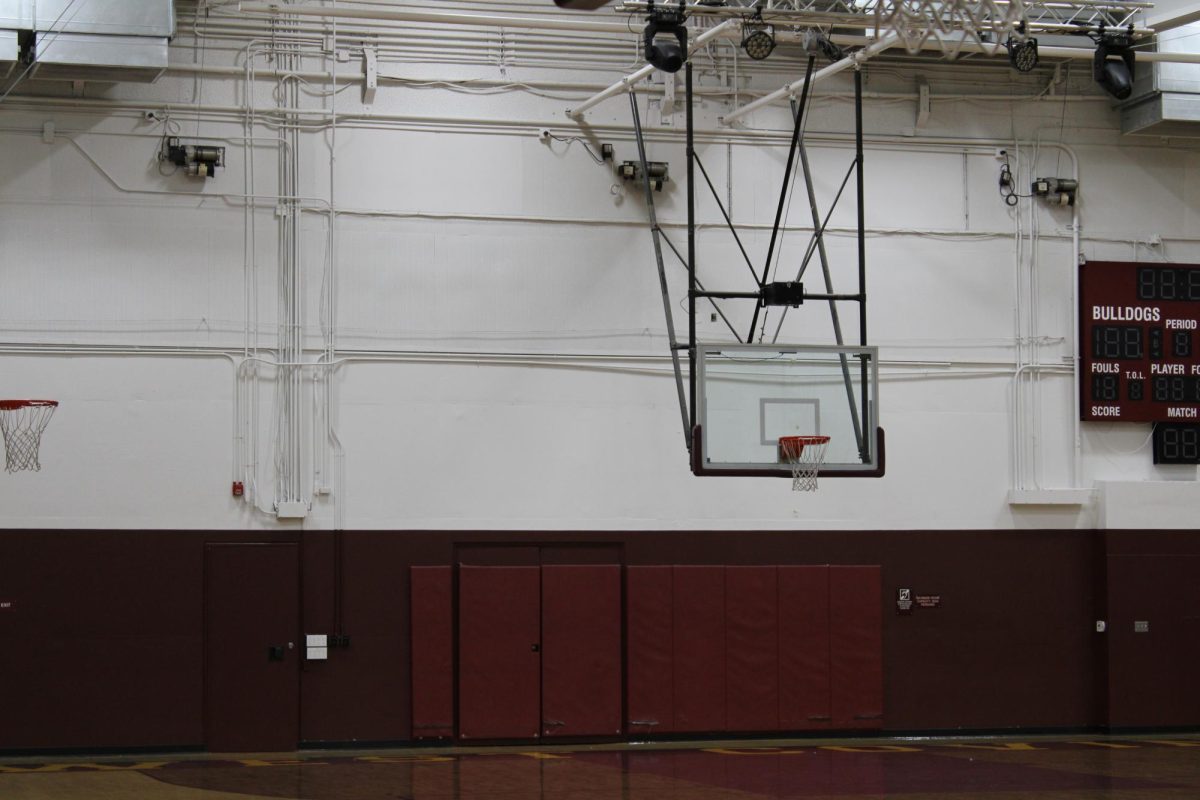On the first day of school, students were greeted at the office gate by Assistant Principals Melanie Wong, Josefina Steinmetz, and Michael Rodriguez with a cart full of school-appointed shirts to hand out to students breaking the dress code. The Student Handbook states that students are not allowed to wear clothes that contain any words or pictures that are lewd, offensive, vulgar, and obscene, as well as not being allowed to wear clothing items that do not conceal undergarments or show the abdomen. As the second week of school begins and administration continues patrolling campus, more students are being dress coded.
During the annual grade level assemblies, Wong explained that the stricter enforcement method is a response to last year’s level of dress code violations. According to Wong, many students had been dress-coded and promised to pull their shirt down, pull their pants up, or wear something to cover up, but they would break the dress code later again that day or week. This proved to the administration that their previous efforts to enforce the dress-code were not sufficient, calling for a more active approach.
“Students would continue to, even with the warnings, they would continue to not follow ,” said Wong.
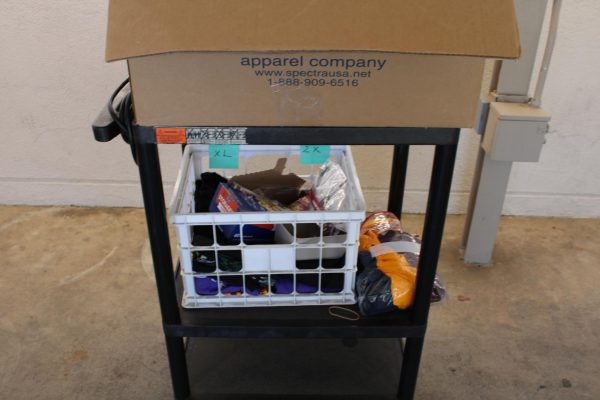
The Student Handbook states that the dress code penalties are as suggested:
- A first offense is a warning. Offending students are given loaner clothing, and parents are contacted. Students must hand over the article of clothing they were dress-coded for and can pick up their item at the end of the day.
- A second offense follows the same procedure as an initial offense.
- The third offense consists of loaner clothing, parent contact, and lunch detention or Saturday school (decided on a case to case basis). A parent conference is also held to discuss the students’ offenses and to pick up the student’s clothing.
The consequences have added to the ongoing tension between students and admin in regards to dress code. The regulations have been repeatedly tested and rebelled against by the students. Last year, a local activism group, Change West Covina, hosted a district wide protest in which many students on campus sported crop tops or tied up shirts to show solidarity.
For some students, the new measures have caused them to reevaluate what is considered acceptable from their wardrobe. They feel that it contributes to societal stigma, perpetuating the idea that their clothes are a problem.

“I feel really violated. I feel really threatened. I think it’s over, really, nothing. It’s also a hot day, so why would I want to wear a T-shirt? And I feel mad. I feel angry,” said Virginia Hernandez.
For other students, there is confusion surrounding what is constituted as breaking the dress code.
“I think I got dress coded for either my shorts or my stomach. But they said it’s only abdomen. And I thought if it’s only above your belly button you would be fine. It’s not?” said Sophia Nguyen.
Wong reiterated that the dress-code is for all schools in the district and that the parents of the students are the ones who approved it.
“The district put together a committee that reviewed the dress code,” said Wong.
Despite student complaints, administration plans to continue actively enforcing the dress code.

